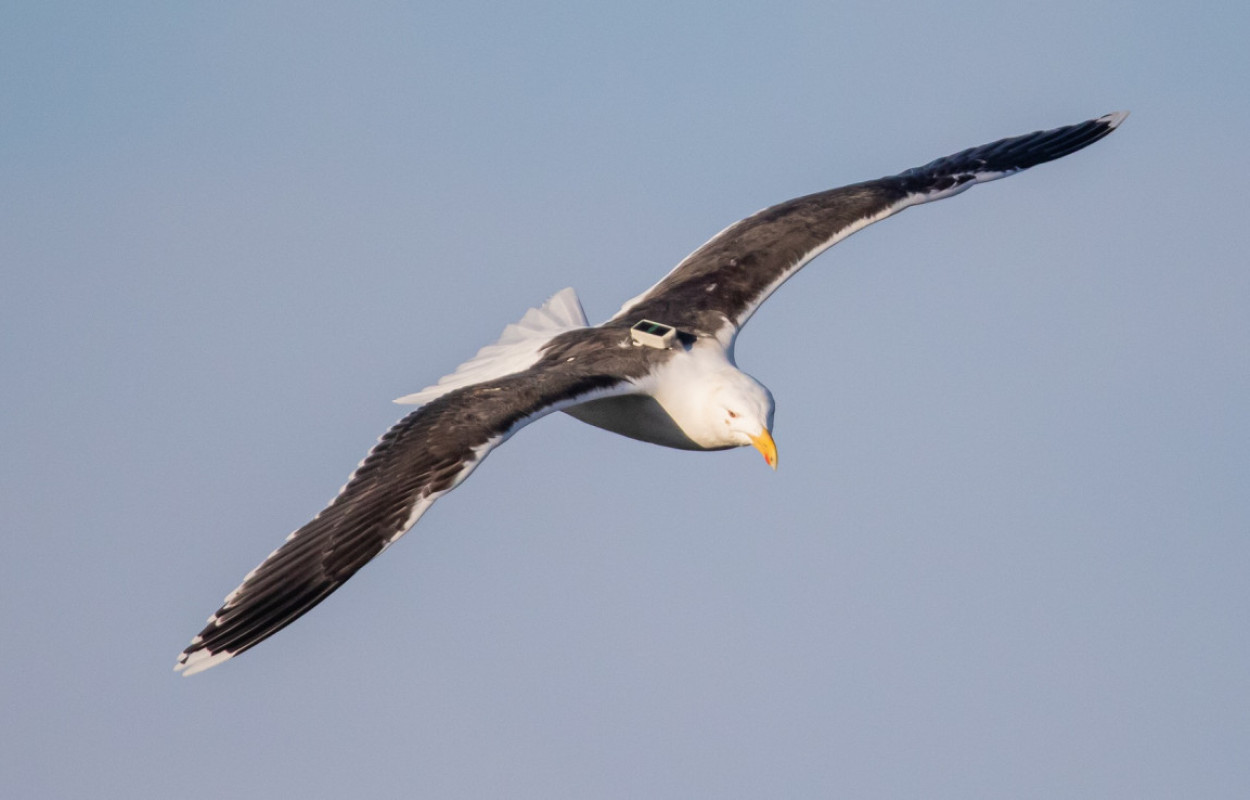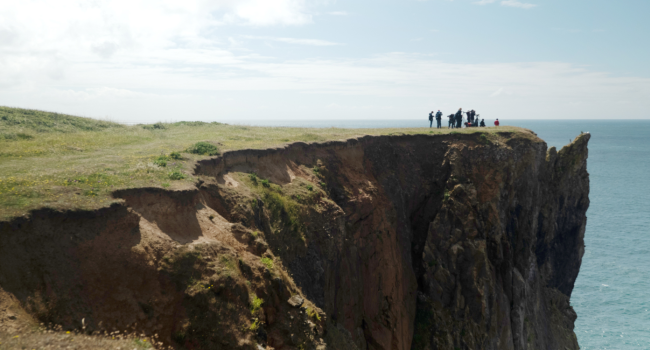Reduced breeding success in Great Black-backed Gulls Larus marinus due to harness-mounted GPS device

Author(s): Langlois Lopez, S., Clewley, G.D., Johnston, D.T., Daunt, F., Wildon, J.M., O'Hanlon, N.J. & Masden, E.
Published: June 2023
Journal: Ibis
Digital Identifier No. (DOI): 10.1111/ibi.13247
Studies involving fitting animals with bio-logging devices have provided essential information on behaviour, ecology, physiology and ultimately species conservation. Much BTO research in recent years has involved bird-borne tracking devices, including on seabirds. However, it is important to always monitor the effects of such devices, and report any negative ones to inform future work, and improve data quality and animal welfare.
In this research, 11 Great Black-backed Gulls breeding on the Isle of May in Scotland were fitted with harness-mounted GPS tags to track their movements throughout the annual cycle, including in areas with existing or proposed offshore wind farms. The birds were captured and tagged on the island in 2021. Their nests were then monitored for the rest of the season to determine breeding success. Two further groups were also considered: 23 ‘handled’ nests, where one adult of a breeding pair was captured and ringed but not tagged, and 48 ‘control’ nests where neither adult was captured at all. The number of eggs hatched per nest, the hatching success per nest (success or failure), the fledging success per nest for those that hatched (success or failure again) and the overall productivity (number of chicks fledged per nesting attempt) was recorded for all 82 nests. Observations were then carried out in the 2022 breeding season to see whether all birds had returned to breed again, and assess whether there were any effects of the GPS tracking devices on return rates.
The results showed a significant effect of the GPS tracking devices used on Great Black-backed Gull breeding performance, with a marked reduction in hatching success. Eight of the tagged nests failed during incubation, approximately four to eight days after one of the adults was captured and tagged. There was no significant difference in breeding performance between the ‘handled’ and ‘control’ nests (which had hatching success rates of 81% and 82% respectively), indicating that capture and handling alone could not explain the negative effects seen for the nests of tagged birds. There were no significant effects of tagging on return rates between the 2021 and 2022 breeding seasons, although one tagged bird did die five days after it was fitted with a device.
The study’s authors urge extreme caution for any future research involving harness-mounted bio-logging devices on Great Black-backed Gulls. The findings also underline the importance of always assessing and reporting the effects of fitting such devices to birds, even when several similar studies have been successfully carried out in closely related species.









Share this page